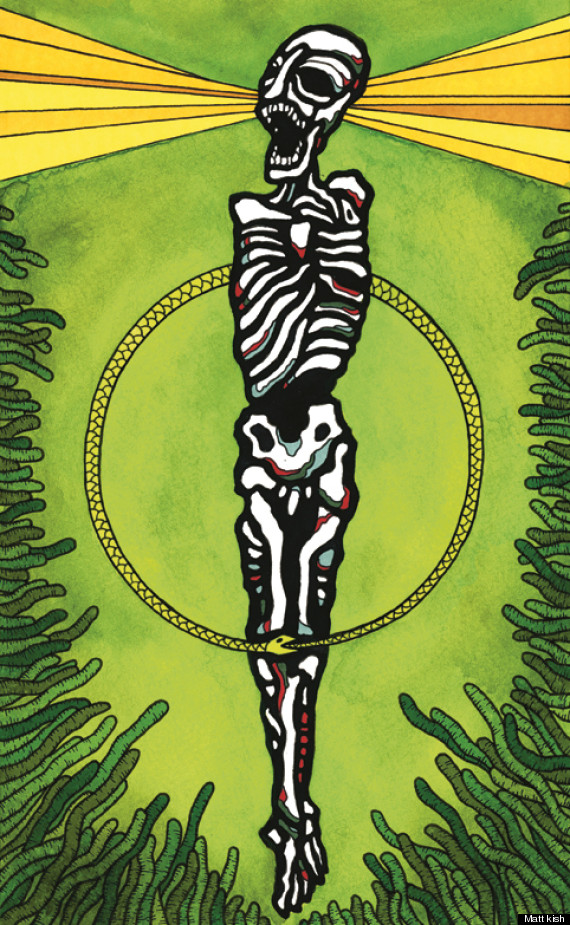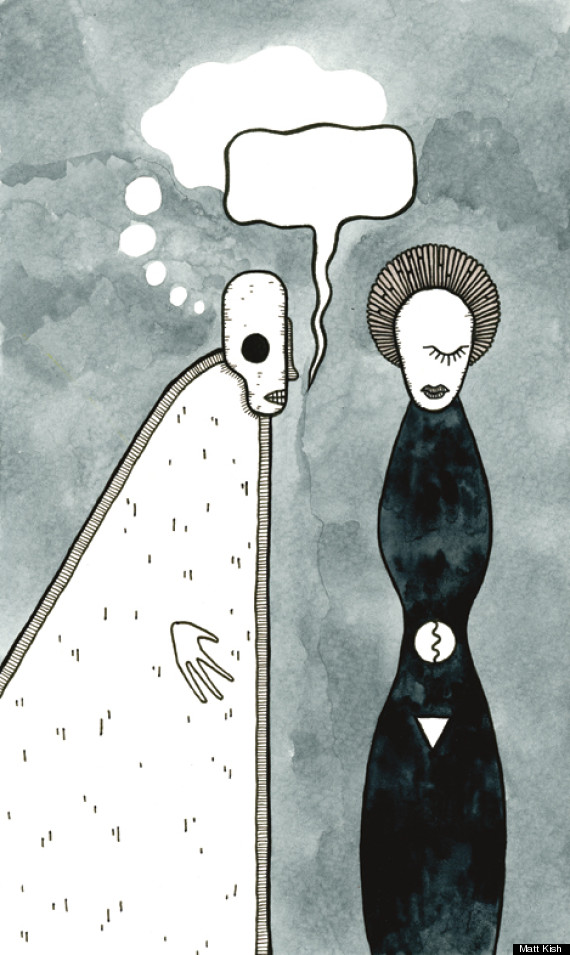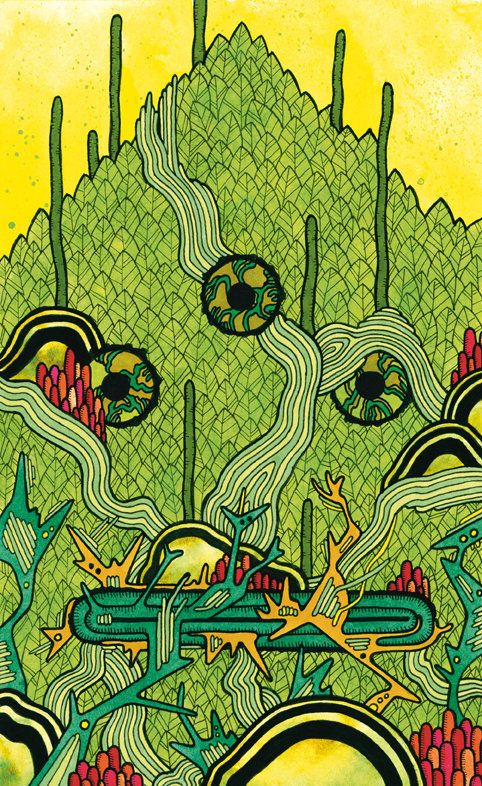Recently, I came to the revelation that I have actually been an illustrator for as long as I have been a reader. Since I was a young child, when I first discovered the way in which a story could open an entirely new kind of world to me, I have seen stories as I have read them. What I mean by that is that as my eyes moved over the words printed on the page, the story itself, the characters and places and objects and action and even the ideas, played themselves out very vividly on some kind of internal screen. Almost as if I was sitting in a strange sort of theatre watching the narrative grow in front of my own inner eye. I don't know why this started, but I honestly cannot remember a time in my life when I did not see stories.
The images that fed this visual theatre of the mind have always come from a vast and nearly limitless internal memory bank consisting of almost everything I have ever seen. I can recall almost every single thing I have ever viewed, from comic books to sculptures to magazine illustrations and movies. These images are stored in my mind and often combine with one another through the alchemy of flawed recollections into entirely new forms. This internal visual vocabulary is the foundation for my vision of every novel or story I have ever read, from Heart of Darkness to The Stranger and beyond.
Within the last few years I have been fortunate enough to have the opportunity to commit these visions to paper and see these deeply personal versions of some of the most essential classics of literature printed and available on a scale I would never have imagined. These illustrations are really conversations between me, the reader, and the authors themselves. Intensely personal responses and reactions to the stories themselves filtered through the lens if my own life and experiences. In some ways, these illustrations are as much about me as they are about Melville or Conrad. But that is why these writers and thinkers are so crucial to us. These stories, written so many decades ago, remain as vibrant and alive now as they were in their own time, and my illustrations are a testament to that.
Two of the Heart of Darkness illustrations stand out to me as singular and personal images. One of the aspects of the novel that fascinates me is that while it appears to be narrated by Marlow, we are in fact reading the words of an unnamed and unknown narrator relaying Marlow's tale. This creates the kind of distance necessary for the reader to fully grasp the horrifying implications of Marlow's gradual near-idolization of Kurtz, and absolutely terrifying being. My response to this is summed up by the illustration for page 76, an image of a gaunt and near mummified Kurtz surrounded by the encroaching green of nature and radiating a kind if sickly, saintly light. Kurtz, as a holy being, radiating a truth too awful to accept seemed to me to be the epitome of the blasphemy of his descent into that bleak midnight which finally claimed him.

The second illustration is that for page 99, Marlow trying and failing to relay Kurtz's final words to his intended. Marlow spends some time in the novel emphasizing his hatred of dishonesty. And yet, at the end, he himself is dishonest. He lies. I continue to puzzle over this strange and disturbing gap between perception and reality. I feel that even more than Kurtz and his beliefs, this moment, this occurrence is the heart of the novel and the core of what Conrad is trying to tell us. In my illustration, what occurs in the visible world of the book is clear, but the truth is hidden. Perhaps forever. Which would seem to be very much in line with what Conrad intended.

Here are some more images from the book:




